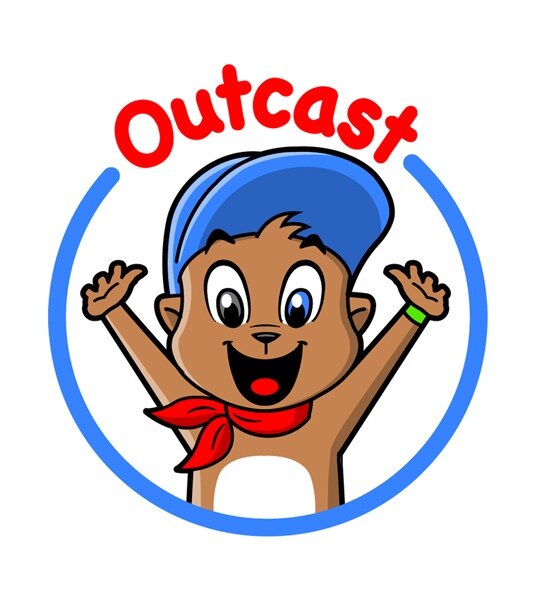‘Octonauts’ Series Adds Federal Partner in Ocean Awareness
By ELIZABETH JENSEN
“Octonauts,” the animated preschool series about a crew of eight undersea adventurers whose motto is “explore, rescue and protect,” is getting a seal of approval of sorts from a unit of the National Oceanic and Atmospheric Administration.The federal agency’s Office of Ocean Exploration and Research and the “Octonauts” producer, Silvergate Media, have signed a letter of intent to develop a formal partnership to raise awareness of ocean exploration and science and advance NOAA’s mission. The partnership, to be announced Monday and expected to be completed early next year, includes plans for events at aquariums nationwide, joint development of educational materials and collaboration on new products like games, toys and mobile apps.
NOAA is already supplying images and sounds from its archives for an Octonauts game to be released next year by the toy company LeapFrog, said Kurt Mueller, the creator and executive producer of the “Octonauts” television show. The show is based on the books of the same name by Vicki Wong and Michael Murphy, who write under the name Meomi. In the United States, “Octonauts” is broadcast weekday mornings on Disney Channel’s Disney Junior block.
The unusual agreement, which has no financial component, comes as a fellow agency, NASA, has also begun a less-extensive collaboration with a planned animated preschool series. The space agency is reviewing all the scripts for “Space Racers,” a show about five adventurous spaceships that battle solar storms and visit far-flung space objects, which will be distributed to public television stations in the spring by American Public Television.
Among the changes already requested by Jeffrey Hayes, a discipline scientist at NASA, was the substitution of “hypothesis” for “theory” in an episode; the scientists also suggested the show emphasize “scientific inquiry,” said Richard Schweiger, the show’s creator and executive producer.
NASA has also provided experts for short live-action components in the program, which are being filmed at NASA’s Goddard Space Flight Center and the Smithsonian Institution’s National Air and Space Museum, among other places. “This is a real opportunity for NASA to get in early with young minds,” said Ruth Netting, communications and public engagement director at NASA. Other than a series of videos with Elmo of “Sesame Street,” NASA has not previously worked at the preschool level.
Little formal research has been done to examine what science concepts very young children can learn from television, but science-based preschool shows like “Sid the Science Guy” have proliferated in recent years and “Sesame Street” has also made it a focus.
NOAA, which initially contacted the “Octonauts” producers 18 months ago, is trying to encourage future oceanographers but also wants to raise its profile among the broader public. Through “Octonauts,” “We find we’re reaching their parents just about as effectively as we are reaching 3- to 5-year-olds,” said David McKinnie, a senior adviser in NOAA’s Ocean Exploration and Research office.
At a July event at NOAA’s Aquarium of the Pacific in Long Beach, Calif., Stephen R. Hammond, a NOAA senior scientist, answered children’s questions about the Mariana Trench after a screening of an “Octonauts” episode about the ocean’s deepest location. “It’s not a silly children’s show,” he said, praising its basis in real science.
Mr. Mueller said “Octonauts” already consulted marine biologists to make sure its content was accurate even before NOAA’s involvement. But by adding such elements as a NOAA recording of the 52-hertz whale, “we’re able to deepen the science within the body of the show,” he said, and the joint events are “extending that learning beyond the screen.” The NOAA collaboration, he added, “lends the show the rubber stamp of legitimacy.”
This article has been revised to reflect the following correction:
Correction: October 28, 2013
